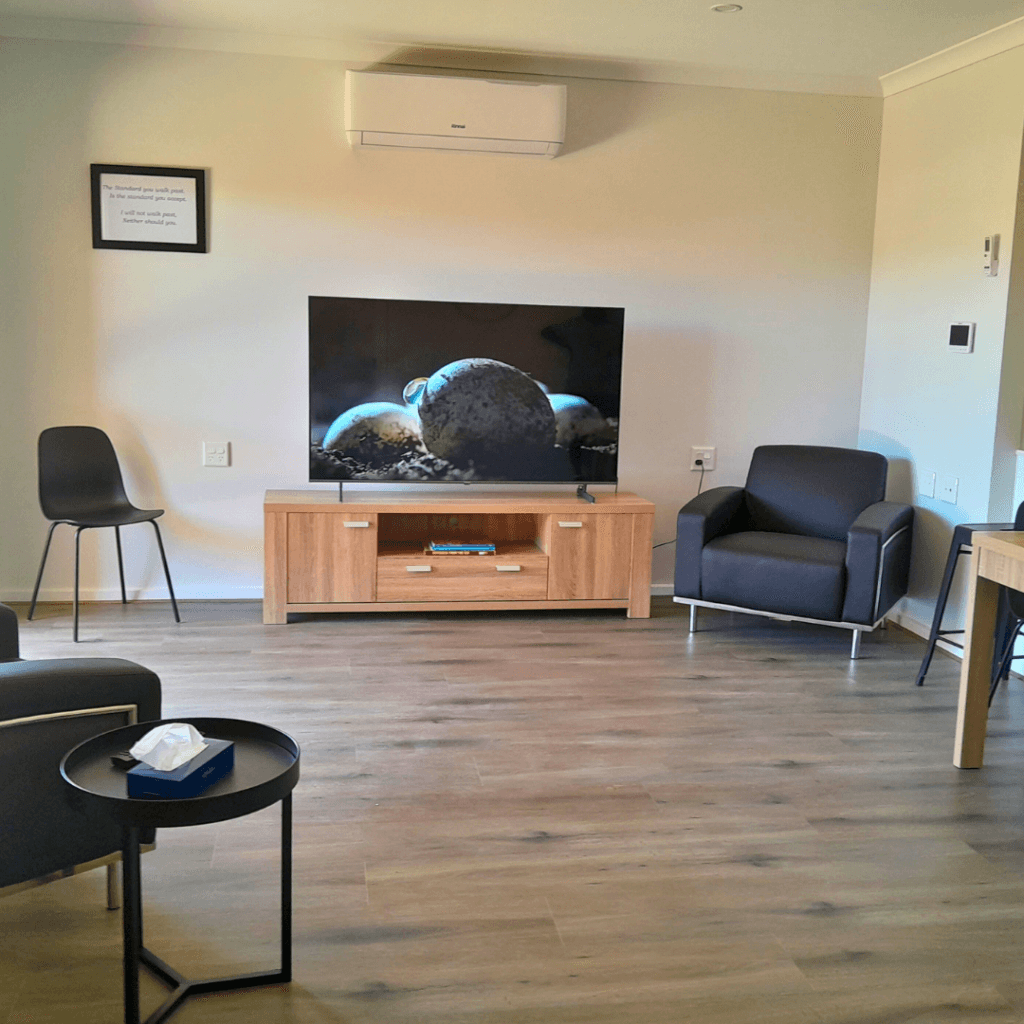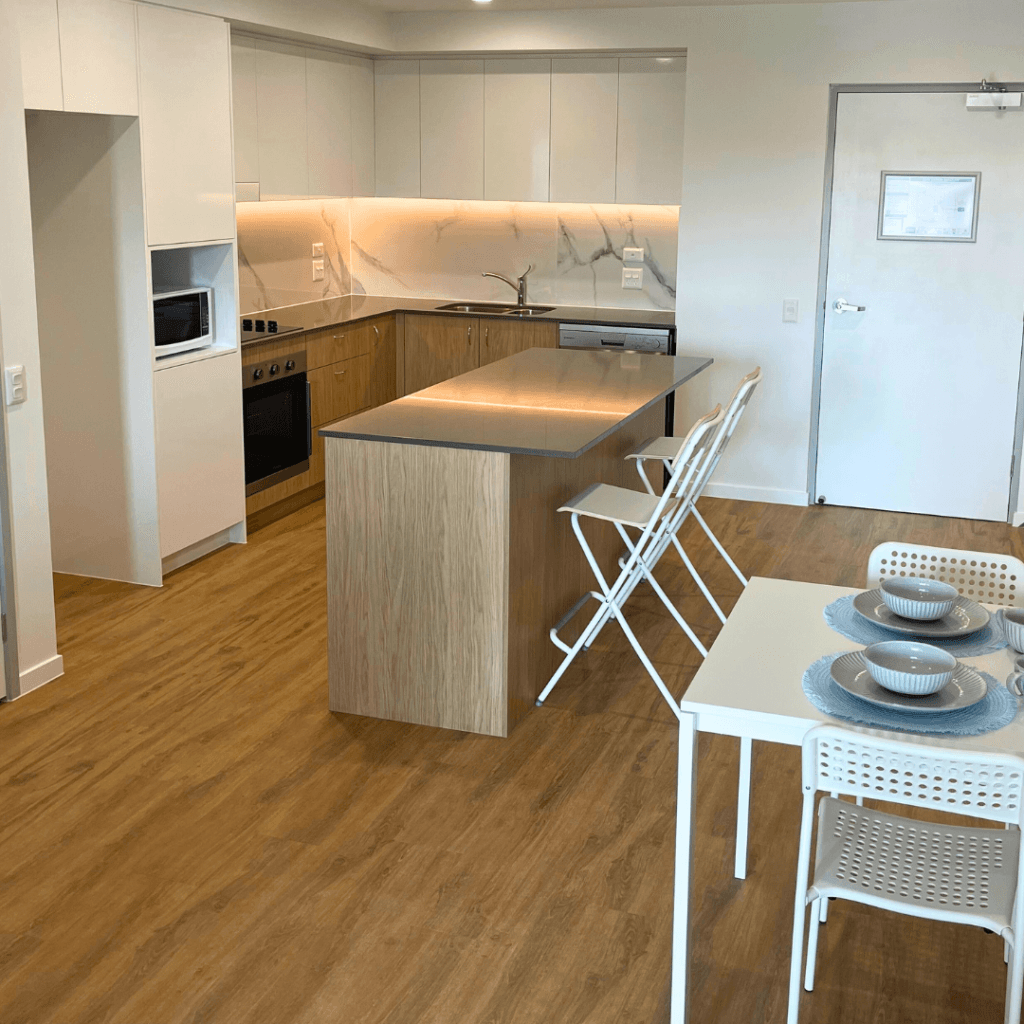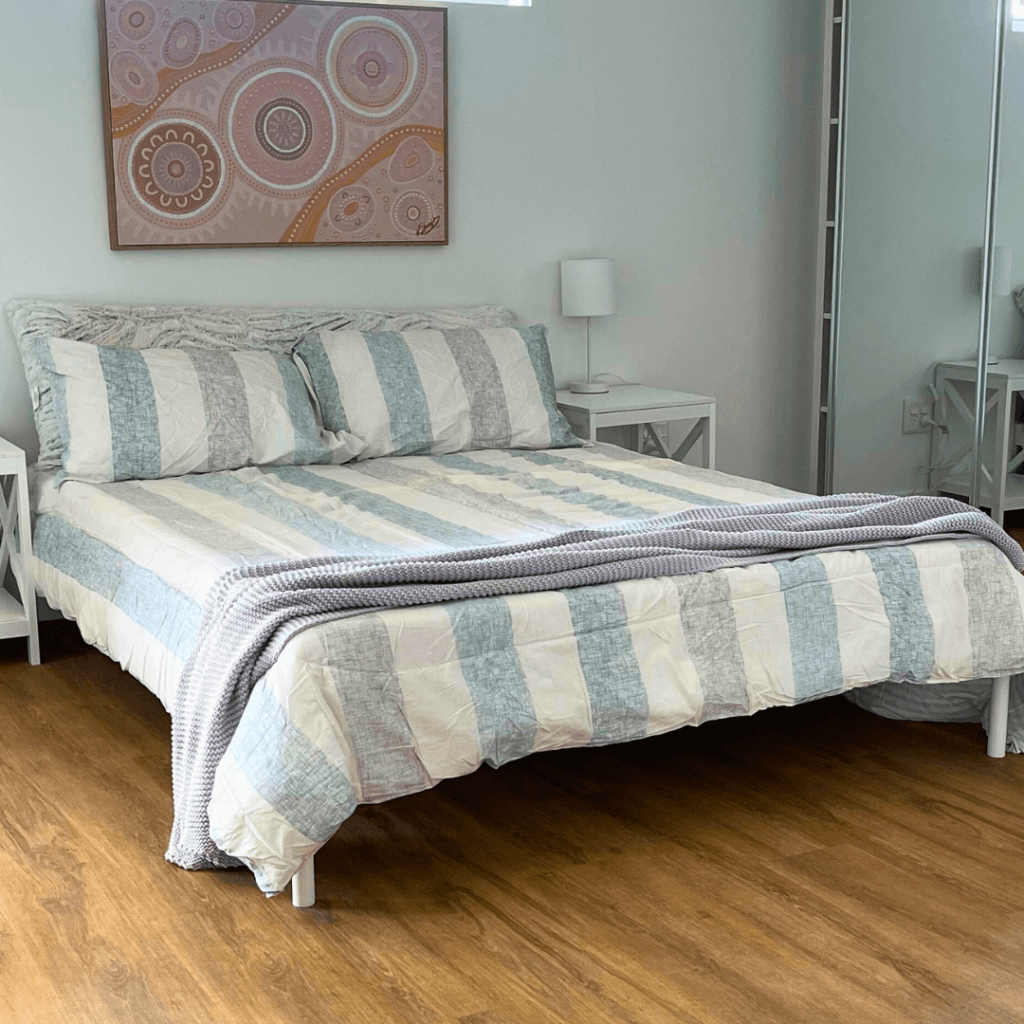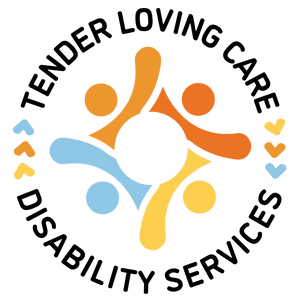Supported Independent Living (SIL): Benefits, Providers, and Why It Matters
For many people with disabilities, living independently is not just a goal. It’s a life-changing milestone. Supported Independent Living (SIL) is a type of NDIS support that helps participants live more independently, either on their own or with others, while still receiving the day-to-day assistance they need.
Whether you’re considering this support for yourself, a loved one, or a participant you work with, it’s important to understand what it offers, how to find the right provider, and how it differs from other housing options like SDA. Here’s what you need to know.
What is Supported Independent Living?
Supported Independent Living refers to NDIS-funded assistance that helps participants with higher support needs manage everyday tasks in a home setting. It is usually delivered in shared living arrangements but can also be provided to individuals who live alone.
This support may include:
- Personal care (e.g. bathing, dressing, medication)
- Cooking and meal planning
- Household tasks such as cleaning or laundry
- Building daily routines and life skills
- 24/7 or overnight support, if needed
It does not pay for rent, groceries, or the home itself. Instead, it covers the support services that help participants live safely and independently.



The Benefits of Supported Independent Living
1. Builds Daily Living Skills
This support encourages participants to take an active role in their routines, from preparing meals to managing personal care. Over time, this builds confidence and supports long-term independence.
2. Promotes Social and Emotional Wellbeing
Many arrangements involve shared living, which offers opportunities for connection and social interaction. Even in individual settings, support workers provide companionship and structure.
3. Tailored Support Plans
Support is tailored to each person’s needs and NDIS goals. Whether assistance is required during mornings, evenings, or around the clock, a personalised plan ensures the right level of support is always in place.
4. Flexible Living Options
This can be arranged in shared homes, duplexes, or individual units. Participants may choose where they live, who they live with, and how they want to structure their daily routine.
How to Find the Best Supported Independent Living Provider
Choosing the right provider plays a key role in ensuring positive outcomes. Here are some important steps in making the right choice:
1. Choose an NDIS-Registered Provider
Registered providers are audited for quality and compliance, which offers peace of mind and ensures all supports are approved under your NDIS plan.
2. Ask the Right Questions
When considering providers, ask about:
- Types of support offered
- How participants are matched with housemates
- Whether 24/7 support is available
- How flexibility and changes are handled
3. Think About Compatibility and Location
Some participants prefer quiet, structured environments, while others enjoy more social homes. It’s also important to consider proximity to transport, family, and services.
4. Work With a Support Coordinator
Support Coordinators can help explore options, connect with providers, and navigate service agreements. If your plan includes funding for coordination, this is a valuable resource.
The Difference Between SIL and SDA
It’s common to hear the terms SIL and SDA used together, but they refer to different parts of a participant’s housing arrangement.
| Supported Independent Living (SIL) | Specialist Disability Accommodation (SDA) |
| Funds the support services | Funds the physical home or building |
| Can be delivered in various types of housing | Only for participants with very high support needs |
| Based on daily support hours and personal goals | Based on functional impairment and housing needs |
| You can receive SIL in an SDA home | You can receive SDA without SIL if using other supports |
In short, SIL is about the people who support you, and SDA is about the building you live in. Some participants receive both, while others may only require one.
Why Supported Independent Living Matters
This support plays an essential role in helping people achieve greater independence while staying safe and supported. For many, moving into an SIL home marks a major step in their personal development.
It helps participants work toward meaningful goals, such as joining community activities, starting work or education, or simply taking control of daily life. For families and carers, it offers peace of mind knowing their loved one is receiving the right level of support.
Is SIL the Support Right for You?
This arrangement is ideal for participants who need regular help throughout the day and want to live more independently. If you’re unsure whether this is the right option, your Support Coordinator or NDIS planner can guide you through the process. Assessments and goal-setting are often the first step toward securing funding.
Let’s Talk About Your Options
At Tender Loving Care Disability Services, we support participants in finding housing and support options that meet their goals.If you’d like to learn more about how an SIL arrangement could support you or someone you care for, our team is ready to help.
